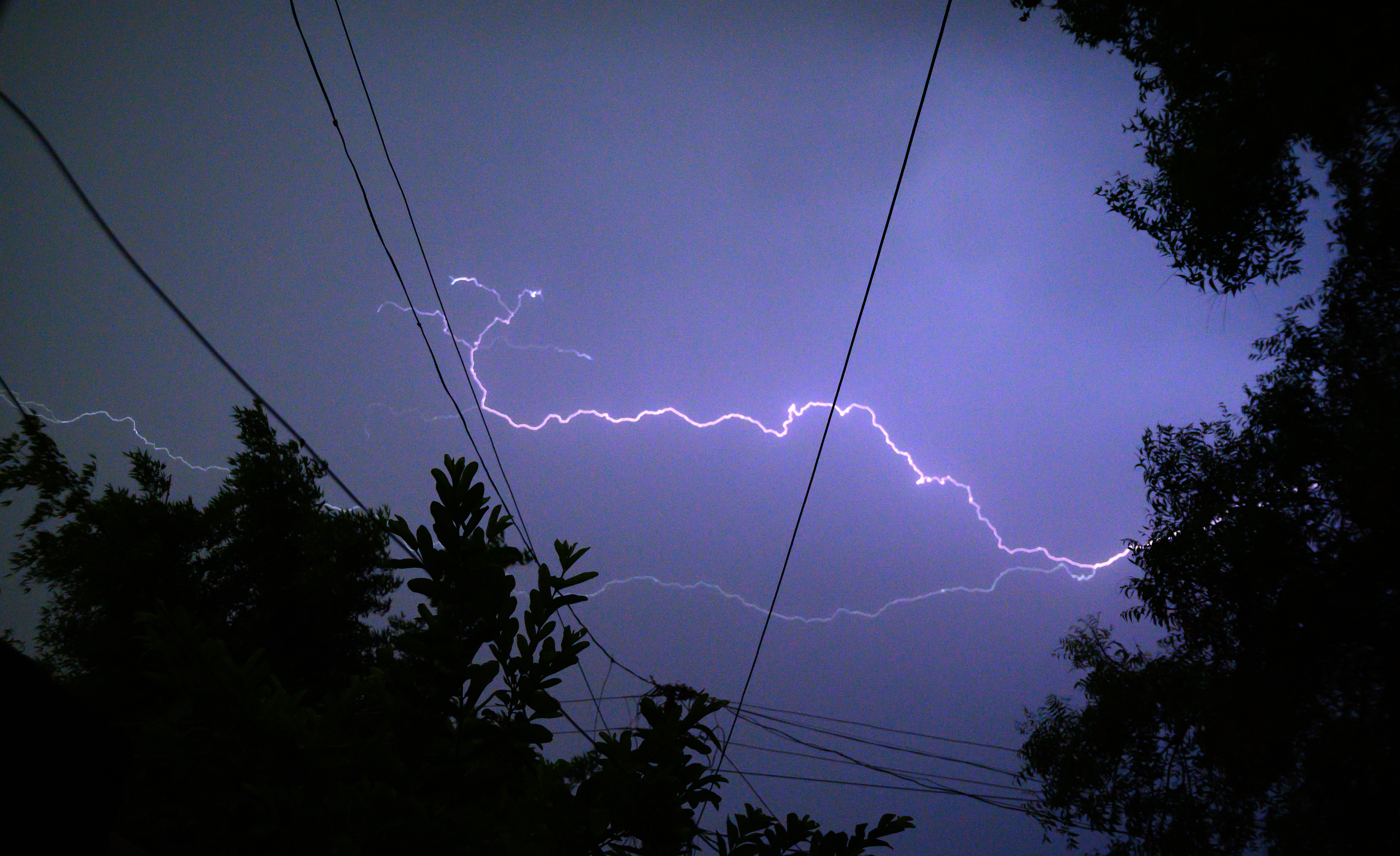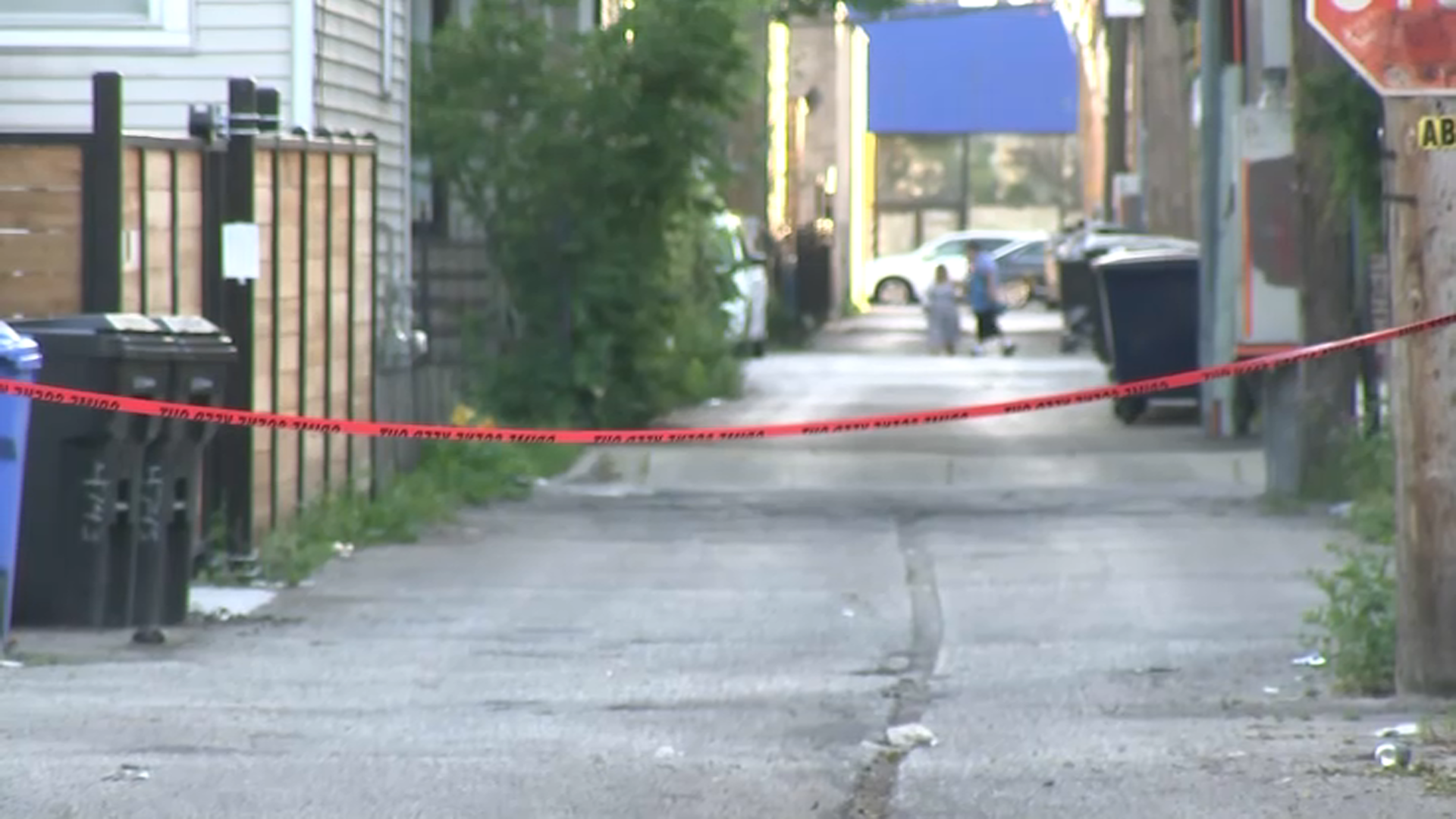If you lose heat during cold winter weather, what can you do?
Furnaces and heating systems are having a tough time keeping up in subzero temperatures. HVAC repair companies are also trying to keep up with demand.
As the Chicago area battles brutally cold temperatures, losing heat can be a dangerous situation to be in, particularly as calls for furnace and heating repairs soar.
“This is our Super Bowl for us in HVAC. This is when we’re at our busiest,” said Pedro Sanchez, owner of Sanchez HVAC Services. “I’m going into houses that are sometimes as low as 30 degrees.”
So what can you do and what should you do if that happens?
Chicago heat ordinance
For those in Chicago, it's important to know the legal guidelines. A heat ordinance is in effect from September through April each year, applying to both homes and workspaces.
Local
The heat ordinance "requires that within houses, apartments, hotel rooms, and indoor workspaces, heat be provided in all habitable spaces, toilet rooms, and bathrooms."
The requirements change by building type, however.
Feeling out of the loop? We'll catch you up on the Chicago news you need to know. Sign up for the weekly Chicago Catch-Up newsletter here.
Here's a breakdown from the city:
Homes (Residential Buildings)
For residential buildings with central (shared) heating equipment and no central cooling (air conditioning), the indoor temperature is required to be at least 68 degress from 8:30 a.m. to 10:30 p.m. and at least 66 degrees from 10:30 p.m. to 8:30 a.m. for the entire heating season.
For residential buildings with central heating and cooling provided by a single system (sometimes called “two-pipe” buildings), the indoor temperature is required to be at least 68 degrees from 8:30 a.m. to 10:30 p.m. and at least 66 degrees from 10:30 p.m. to 8:30 a.m. for most of the heat season. There are some special rules, however, for the start and end of the winter heating period.
For residential buildings with individual heating equipment in each unit, the equipment "must be capable of maintaining an indoor temperature of 68 degrees.
If you are a renter, the ordinance requires that during landlords supply heat to apartments where occupants do not have individual control of the heat. It also requires that landlords keep individual heating equipment within houses or individual apartments in good operating condition.
Landlords and building owners face fines of $500 to $1,000 per day, per violation, if they do not supply adequate heat or functioning heating equipment. The reason for lack of heat does not matter—building owners must follow the law, and heat must be provided.
Workspaces
The ordinance also requires that during designated cold weather months, building owners provide heat to indoor workspaces. There are exceptions for workspaces where cold temperatures are necessary for the type of work being performed, such as a refrigerated warehouse.
Reporting Violations
"If you are a resident or worker in Chicago and your landlord or employer is not providing adequate heat or no heat at all, you may file a complaint using 3‑1‑1. The Department of Buildings will inspect and take action against landlords and employers who are found to be breaking the law," the city said.
To report an immediate danger to yourself or others, always call 9‑1‑1, the city notes.
Read the full ordinance rules here.
What can you do to heat your home if your heat goes out?
The Centers for Disease Control and Prevention urges people to stay safe while using other methods to heat their homes, particularly those using a wood stove, fireplace or space heater.
The CDC offers these tips for safety guidelines:
- Turning on the stove for heat is not safe; have at least one of the following heat sources in case the power goes out:
- Extra blankets, sleeping bags, and warm winter coats
- Fireplace that is up to code with plenty of dry firewood or a gas log fireplace
- Portable space heaters or kerosene heaters. Check with your local fire department to make sure that kerosene heaters are legal in your area.
- Use electric space heaters with automatic shut-off switches and non-glowing elements. Make sure to keep them away from any flammable materials, like curtains or blankets.
- Use fireplaces, wood stoves, or other combustion heaters only if they are properly vented to the outside and do not leak gas from the flue or exhaust into the indoor air space.
- Have your heating system serviced by a qualified technician every year.
- Do not burn paper in a fireplace.
- Make sure you have proper ventilation if you must use a kerosene heater.
- Use only the type of fuel your heater is designed to use—don’t substitute.
- Keep heat sources, like space heaters, at least 3 feet away from drapes, furniture, or bedding. Never cover your space heater.
- Never place a space heater on top of furniture or near water.
- Never leave children unattended near a space heater.
- Make sure that the cord of an electric space heater is not a tripping hazard, but do not run the cord under carpets or rugs.
- Avoid using extension cords to plug in your space heater.
- If your space heater has a damaged electrical cord or produces sparks, do not use it.
Things to check before calling for repairs
Sanchez said it’s not always a repair that’s needed when customers experience heating troubles.
“Make sure the vents are open. Sometimes people will close vents because they want to force air to go in another area and now my furnace is overheating because it can’t breathe,” Sanchez said.
He also recommends changing your air filter every 30 days especially when the furnace is working harder during the coldest months.
“Check your air filter to make sure it’s nice and clean. When an air filter is dirty it is going to cause our furnace to basically run at a very high temperature and overheat,” he said.
A smart thermostat can alert you to problems if you’re out of town and it’s hardwired so you don’t need to change batteries. You should also keep your thermostat at the same temperature when it’s this cold, according to Sanchez.
“It’s easier to go up one degree and then when it gets colder outside, not only are you trying to go up one degree, you’re fighting the temperature dropping outside so it puts much more strain on the system,” said Sanchez.
What to do if your furnace is frozen?
Experts say the best thing to do is to thaw frozen lines. Methods might include:
- Pour warm (not boiling) water over the condensate pipe
- Fill a hot water bottle and hold it in place on the line
- Wrap the line in a heat wrap or electric heating pad
- Apply heat slowly using a hair dryer or heat gun
- Set up a space heater a few feet away from the line to warm the area
- Use a screwdriver and hammer to carefully break up an ice blockage at the exterior discharge point
In many cases, however, calling an expert for help is the best solution.
Frozen pipes?
- Turn on the faucet — Keep it running. Allowing the faucet to drip even slightly can help prevent a pipe from bursting.
- Apply heat to the frozen area — Slowly apply heat using a hair dryer. Direct air close to the faucet end of the pipe and gradually move toward the coldest section. Be careful not to overheat the hair dryer or blow a fuse. Make sure not to use a propane torch as it can damage the pipe and also poses a fire risk.
- Continue to apply heat — Don’t stop heating until full water pressure is restored. Even then, it’s a good idea to leave the faucet open for a few minutes after the pipe is thawed. This will give the ice time to completely clear from the line.
- Check all faucets and prevent pipes from freezing in the future — Examine each faucet in your home for any other frozen pipes. One frozen pipe may mean that others have been affected as well.
Read more here.



